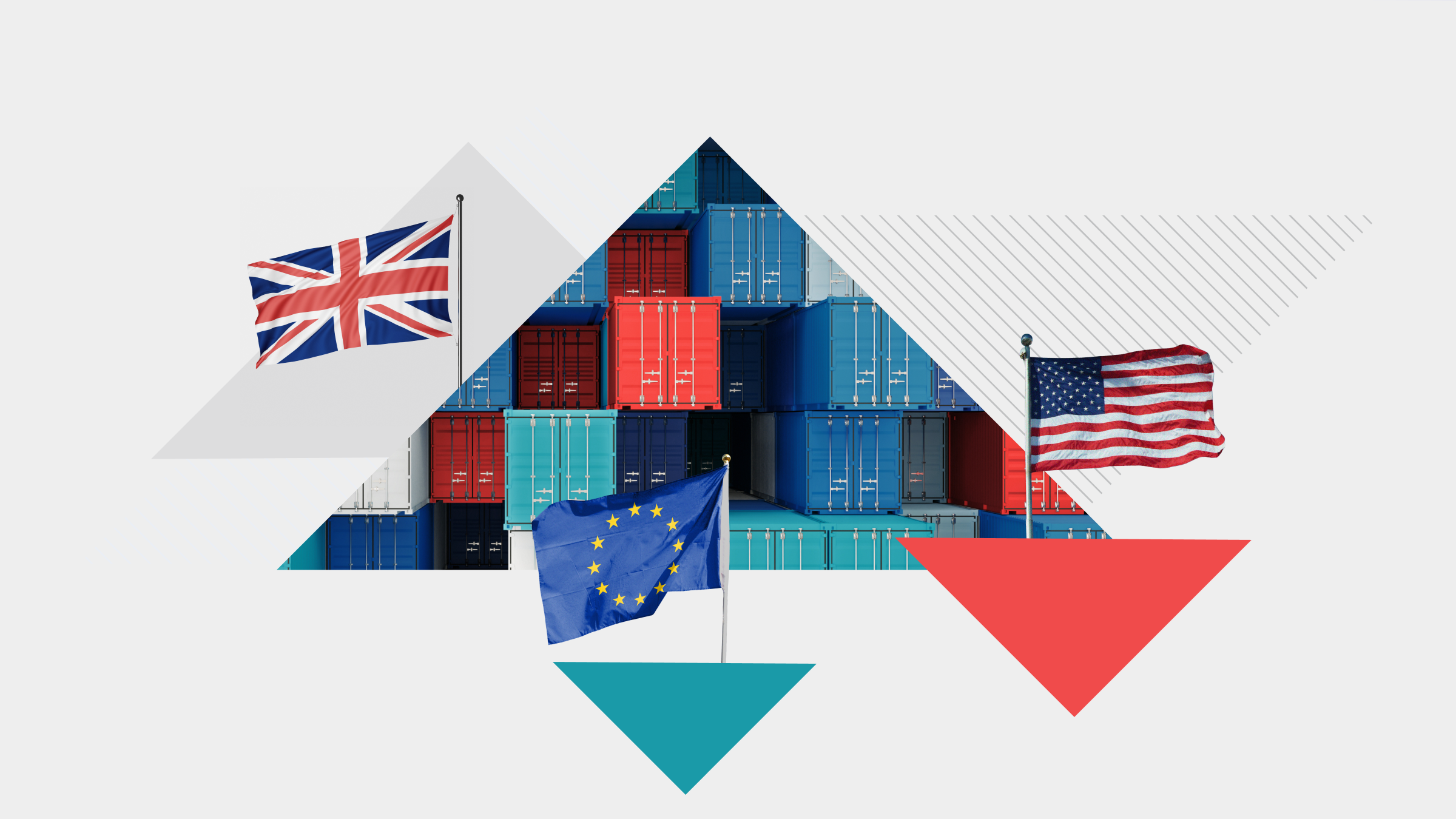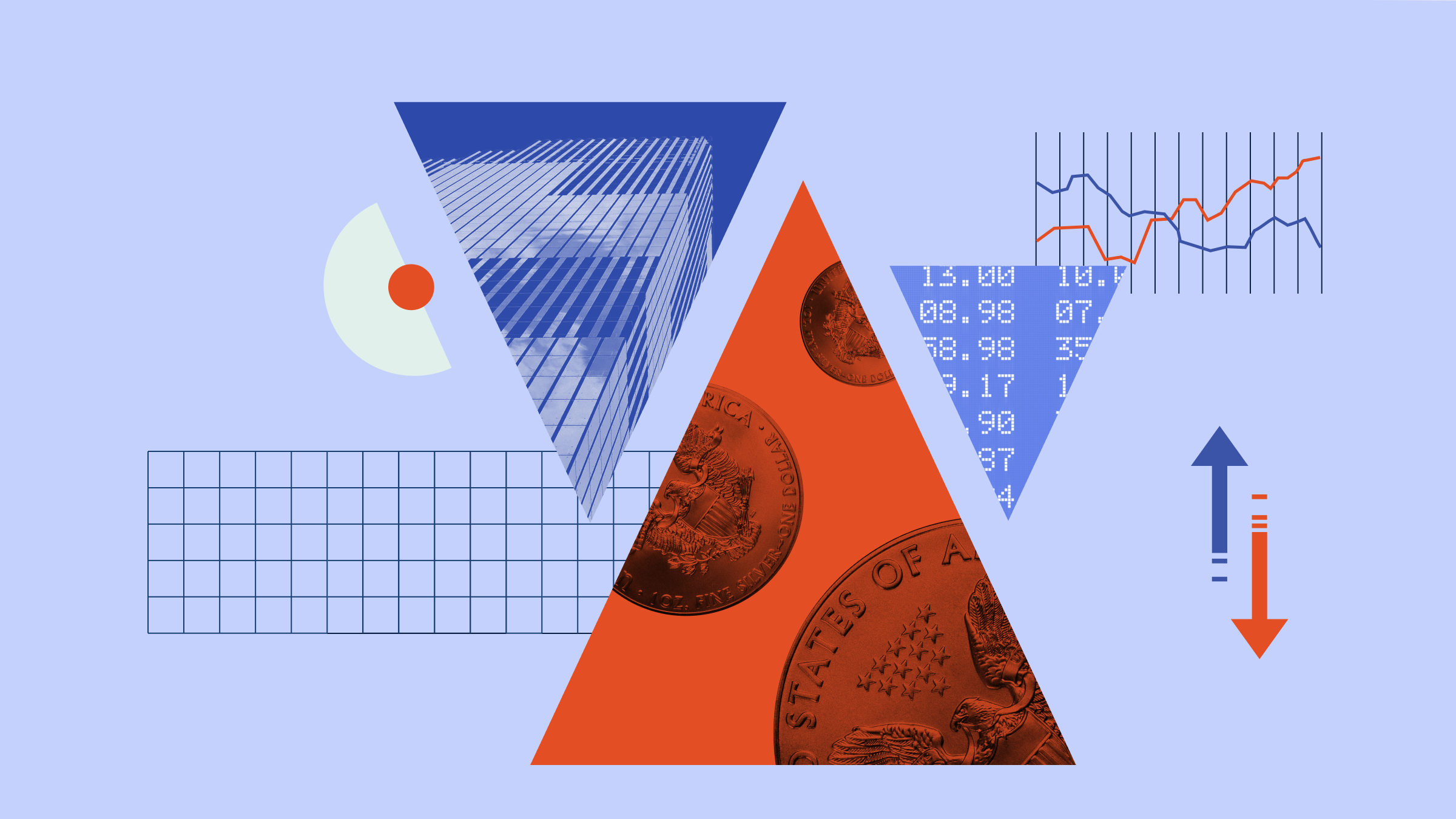Miriam Sjoblom: Hi. I am Miriam Sjoblom, associate director of fund analysis at Morningstar.
I am here today with Michael Hasenstab who is a portfolio manager of Templeton Global Bond. Michael is also a winner of Morningstar’s 2010 Fixed-Income Manager of the Year award. Congratulations, Michael, and thanks for joining us today.
Michael Hasenstab: My pleasure. Thank you.
Sjoblom: Well, to start out, let's talk about Templeton Global Bond--great year last year, 12.7% return, and beating most world bond funds in Morningstar’s world bond category.
And you’ve done that with a very distinctive portfolio that doesn’t look much like global bond benchmarks. Can you talk a bit about your style and what that entails?
Hasenstab: Sure. We are a big believer that one should look outside of the benchmark, particularly in the fixed-income world: The largest weights in the benchmark are the largest borrowers, which inherently sometimes mean they are the worst credits. So, we actually want to look at countries that maybe aren’t even in the benchmark because they don’t have huge levels of indebtedness.
So, we start with a clean slate. Our team of 40 different analysts spread throughout the globe whose job is to really scour the whole world--not just the big G7 countries. And it’s based on that on-the-ground fundamental research that we’re picking which countries we want to invest in.
When we look at a country, we then look at the exchange rate, the interest rate, the sovereign credits, so there are three different opportunities in every country, and sometimes we’ll just pick one and hedge out the other risks. Sometimes we may take all three. So there is a pretty big pool of opportunities out there, and we want to make that we’re not missing anything by just focusing on the benchmark.
Sjoblom: So, just for an illustration about how different the fund is--the government debt of the eurozone and Japan and the US make up a really big percentage of these global bond benchmarks, but these are virtually not in the portfolio.
Hasenstab: Yes, so, we have 0% allocation to the US Treasury market, 0% to Japanese government bonds, and almost 0% percent to the eurozone, and nothing to the problem borrowers of Ireland or Spain or Greece.
So, one of the challenges we think with the G3 world is, this is where the largest problems are. These are the countries or regions that are that are all printing money and running massive fiscal debts with debt-to-GDP exceeding 100% in most of the areas. And so that doesn’t look like a recipe for a great fixed-income investment. So, we prefer countries like Australia, which has debt-to-GDP of less than 20%, or Norway that can pay down their entire bond market four times over because of their oil wealth. Those are credits that, to us, seem more appealing than some of the bigger markets.
Sjoblom: Let's talk a little bit in detail about another staple in the portfolio, which is South Korea. The bonds and the currency are a significant part of the portfolio. How does that reflect your thesis?
Hasenstab: Yes, so South Korea in the Asian financial crisis had problems with over-leverage, over-borrowing. But since then, they have de-levered the government balance sheet significantly. So debt-to-GDP, which was in excess of 100%, is now down to close to 30%. So, a very de-levered government sector, which we like.
The Korean economy is experiencing very good economic activity. Its trade linkages with China are very strong, so it's benefiting from economic growth going on in China. Industry in Korea has continued to move up the value-added chain. Just think back 10 years ago, the Korean electronics were at the cheapest end. Now they are the most expensive electronics. They've really moved up the value-added chain. So they compete on quality, not just on price.
So, the whole economy is well positioned to benefit from Asia as well as it continues to re-engineer itself. So we like the fundamentals, the competitiveness of Korea, and additionally North Korea often presents us with buying opportunities. Every time North Korea rattles the sabre, the market panics, and that is usually an opportunity for us to come in and add to positions, because ultimately we believe China will control the North Korea, South Korea situation, and it won't escalate into something more problematic.
















